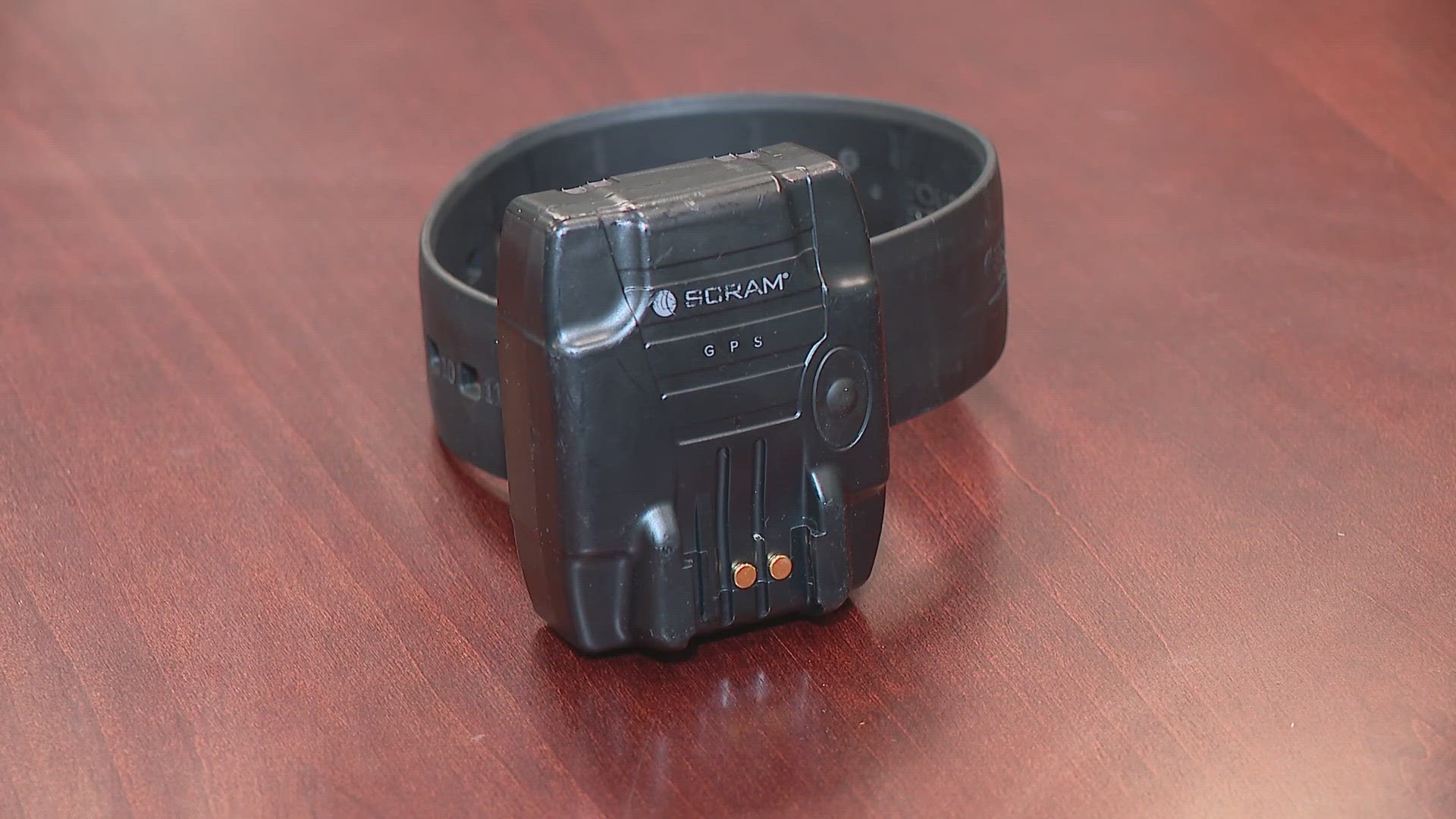COLUMBUS, Ohio — The Franklin County Juvenile Court says with the increase in cars being stolen by juveniles, judges are assigning more GPS ankle monitors.
A newer version of the device is harder to tamper with which allows judges to monitor kids better as they await their day in court.
“We are not designed to keep children, they are supposed to be released out in the community. You are supposed to work with the family and with shareholders and collaborators in the school to try and come back and correct the problem. Our hands are tied because we have to let children out because our duty is not to hold children until they are adjudicated,” said Franklin County Juvenile Court Administrative Judge Monica Hawkins.
Hawkins explained that judges are using GPS ankle monitors more and more to monitor youth who have been charged with criminal offenses.
“Overall I do believe it serves a good purpose. It keeps the child home and gives them some parameters and gives them some boundaries like they are in the JIC, but it gives them a little bit of the freedoms to not be behind a bolted door in a one-room cell,” she said.
Late last year, the court swapped out the type of monitors they were using to a tougher built version that is said to be much more difficult to tamper with.
The Franklin County Juvenile Court said in 2022, GPS ankle monitors were used 495 times. Of those instances, a warrant was filed 222 times for different reasons.
The court does not keep track of why a warrant was served, such as if the monitor was cut or the youth did not follow the orders for other reasons.
In 2023, ankle monitors were used more than 510 times with 197 being closed with a warrant.
Hawkins argues it shows the newer ankle monitors are working.
“With anything else, there's always a couple of bad apples. There's a small percentage that are committing bad acts and an even smaller percentage that are cutting their GPS system. We usually catch them,” Hawkins said.
She said the detention center is also usually full. The capacity is 132 beds, with 108 for boys and 24 for girls.
Ankle monitors allow the courts to monitor kids while keeping space open for violent offenders.
“We have to balance that also. We are almost always at capacity so the lower-level offenders and children who we don't believe are in danger, they may go home on a GPS monitor. If they violate that, they get brought back in, and we consider whether to hold them. I'm considered one of the tougher ones, because I hold them,” Hawkins said.
Hawkins also explained that stealing a car isn't an offense that judges would have placed a child on an ankle monitor in the past, but because the problem has grown, more kids facing those offenses have been placed on ankle monitors.

